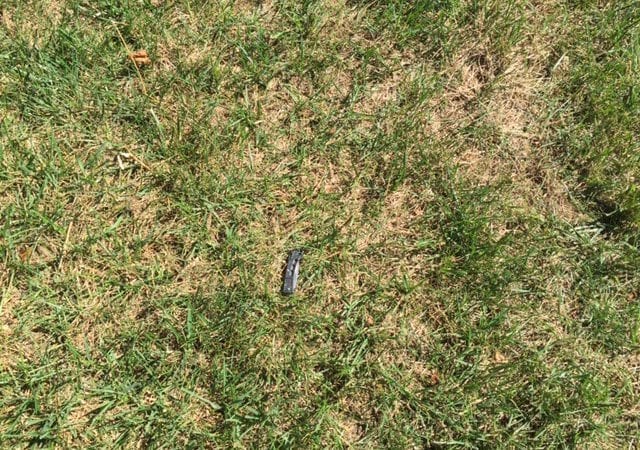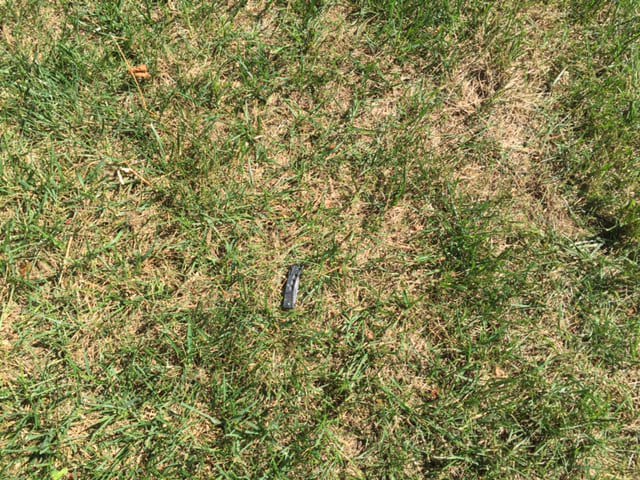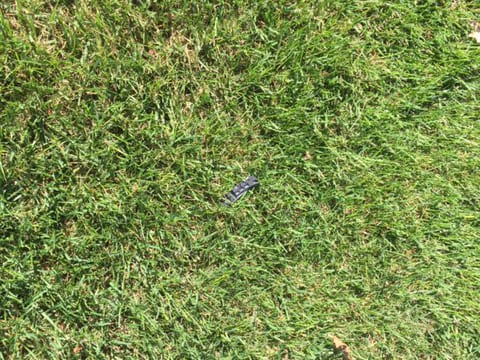Rehabilitate The Root Zone

The landscapes have been through one tough weather season. We had an excess amount of rain, coupled with hot and humid days. The plant material has taken a beating. Most of all, the root systems of said plant material have taken the brunt of the beating!
We have all learned to aerate, overseed and fall fertilize to resolve these issues before going into the winter freeze. Now that we have or are about to aerate and overseed, let’s look at the type of fertility we need. Most turf and ornamentals are being fed as part of the LCO plan provided to your customers. Your everyday blends, which are well suited for fall fertility due to being designed to feed the plants nutrients, are great! However, let’s take it a step further this year and every year.
We need to feed the root system (the area that has taken the worst beating). Feeding the root system, feeds the soil’s ecosystem. Through the soil, this feeding supplies solutions to the needs of the root system and the whole plant.
Continue with your standard fertility as set out in your landscape plan. Then, add this (upsale) program to any areas you are in the middle of rehabilitating. After aeration, overseeding or nothing at all, apply, at a rate of 5-10 lbs/1000 sq ft, a high carbon, organic-based fertilizer. This will feed the soil, improving your plant’s health, and create a root zone that will re-establish root development. By adding this to the program, you will improve the success of your plants for the following year.
Talk to your Advanced Turf representative about some of the products you can use to improve your soil’s health, such as HG 2-4-3 w/Holganix, HG 10-3-2 w/Holganix, Nature Safe 10-2-8, and Nature Safe 5-6-6.
 |
 |
| Pictured above: a tall fescue stressed area in the summer at the beginning of September 2016. | Pictured above: the tall fescue pictured to the right is shown 2 weeks after an application of HG 2-4-3 with Holganix at a rate of 10lbs/1000 sq ft. |
Tom Fox
ATS Sales Representative
Provided by the United Sates Department of Agriculture (USDA)
soil – (i) The unconsolidated mineral or organic material on the immediate surface of the Earth that serves as a natural medium for the growth of land plants. (ii) The unconsolidated mineral or organic matter on the surface of the Earth that has been subjected to and shows effects of genetic and environmental factors of: climate (including water and temperature effects), and macro- and microorganisms, conditioned by relief, acting on parent material over a period of time. A product-soil differs from the material from which it is derived in many physical, chemical, biological, and morphological properties and characteristics.







